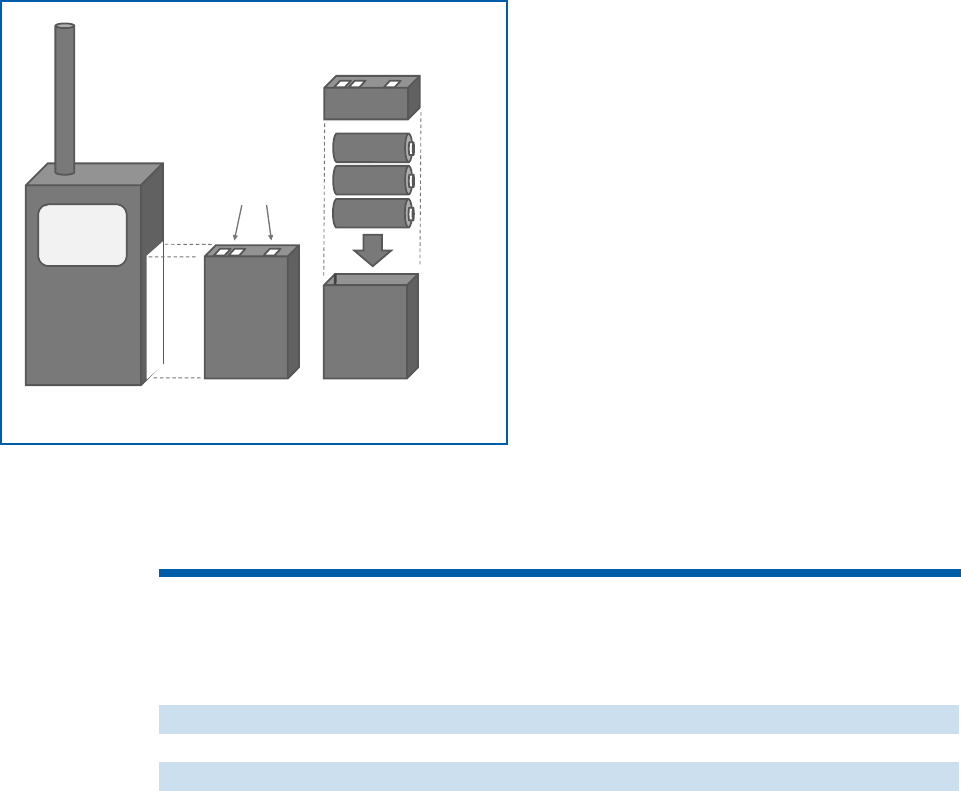Operating instructions

Choosing a Ham Radio 7
Caution - even though some VHF/UHF amateur radios with wideband receive can tune
in AM broadcast, shortwave broadcast (SW BC) and aviation AM signals, most cannot
receive SSB or CW signals and thus are unsuitable for use on the HF ham bands. Receiv-
ing VHF AM aviation signals (sometimes called airband) is also handy for tracking down
and identifying sources of interfering noise, such as from power lines or appliances.
Many municipal and government systems use trunking systems in the VHF and UHF
bands. (Trunking systems share a few channels among many users by changing the
frequency of individual radios under the control of a central station.) These can not be
received by ham radios or scanners without trunking features.
PoWeR – iNPuT aNd ouTPuT
Transmitter output power is crucial to successful communication because, along with
antenna choice, it affects communications range. Check with local hams about the power
levels required to “hit” (access) popular repeaters and for effective simplex contacts. The
local terrain should be considered—flat, open areas require less power. A handheld radio
should be capable of 3 to 5 watts of output for consistent coverage. Mobile radios (10 –
50 watts) have far better coverage, but require more current, such as from a car battery
or power supply. Most radios have variable power settings to conserve power and battery
capacity.
Handheld radios use sealed and rechargeable multi-cell battery packs that fit a specific
radio and are rarely interchangeable between
models. It is wise to purchase a spare pack
and rotate the packs regularly. Packs that hold
regular alkaline AAA or AA cells are important
to have for operation away from home or in
emergencies when recharging power may not
be available. (Remember to dispose of dead and
weak battery packs properly!) Several battery
options are described in Table 3.
The higher a battery’s energy density, the
longer a battery of a given size will last. Energy
density drops with temperature, so a cold battery
won’t deliver as much energy as one at room
temperature. Most batteries are rated to be stored
at temperatures from -20 to +45° C.
Handheld radios are sold with a wall-mounted
supply or “wall wart” that charges the batteries
slowly. This may be inconvenient during emer-
gency or heavy use. A desk or drop-in charger
charges the packs quickly and holds the radio
upright. If the radio can charge from 12 V, it
Table3
TypesofBatteriesandBatteryPacks
Te chnology Energy Density Limitations Cost
Ni-Cad Low Low energy ratings Low to medium
Ni-MH High Tend to self-discharge Medium
Li-Ion Highest Tend to self-discharge Medium to High
Alkaline High Not rechargeable Low
HandheldRadio
Rechargeab l e
BatteryPack
AlkalineCell
BatteryPack
AAorAAA
batteries
Figure1
Batterypack
contacts
Detachable
Toporside
Figure1—Handheldradiosusesealedandrechargeable
multi-cellbattery packsthattaspecicradioandare
rarelyinterchangeablebetweenmodels.










